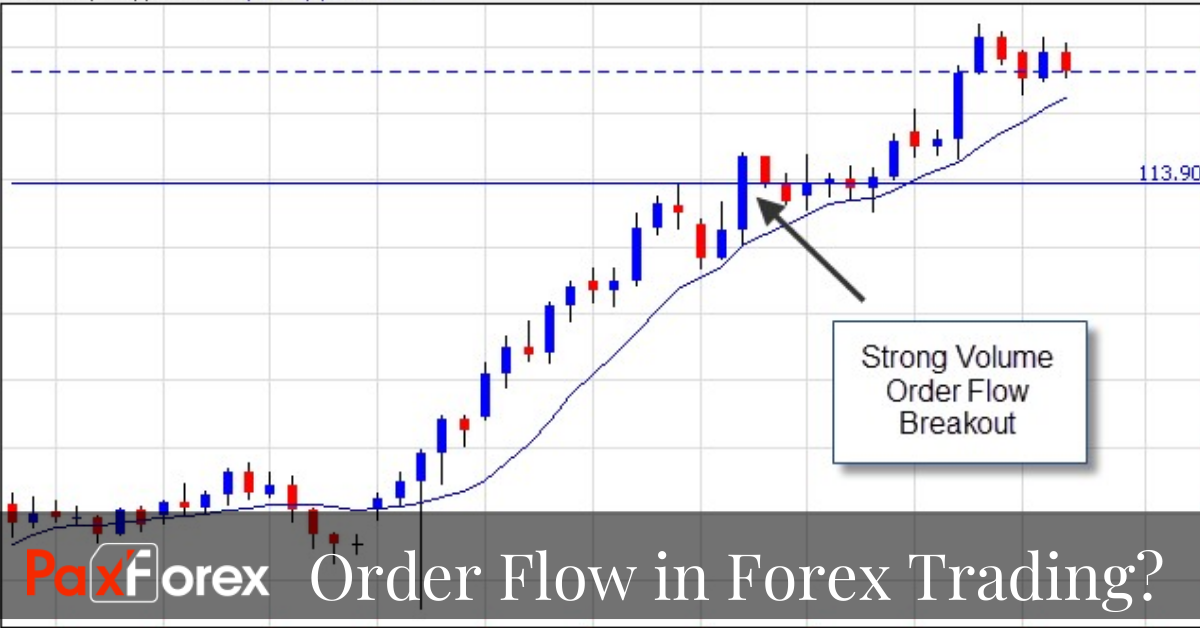
When it comes to order flow, many newer traders tend to think of volume bars or time and sales information. It is much more than that, and it really helps to understand the premise behind how markets facilitate order flow. Whether you are trading stocks, futures, forex or bitcoins, financial systems such as these are affected by one thing: People’s beliefs about the future. At any one moment, a countless number of participants are taking action (initiating trades or placing orders) for a limitless number of reasons.
Order flow trading is a type of trading which is similar to price action trading in the sense that they both propose analyzing the market in a certain way. Price action traders believe in analyzing the market price to determine which direction the market going to move in, whilst order flow traders believe they can predict where the market is going to move by simply understanding the actions made by the traders in the market. Once forex traders have spent some time researching the market and in developing technical analysis techniques, it can be easy to assume that some of the basics have already been covered and no longer need to be explored.
This is an outlook that can create an increased potential for problems and lead to losses that might otherwise have been avoided. No successful trader ever feels as though he has mastered all levels of the market and it can often be a good idea to revisit some of the market elements that might seem basic in nature. One of these elements can be found in the process of order flow, and this is a market element that can have a massive influence on the trend activity that is likely to be found in the future.
Forex order flow is driven by the inter-bank market which makes up approximately half of the notional value of trades that occur daily. Market participants in the inter-bank space include commercial and investment banks. Since most forex market liquidity is funneled through the inter-bank market, it is important to analyze how these players use order flow information to help make trading decisions. Order flow in the forex market is driven by trades that flow through large financial institutions where counter-parties range from other sell-side players, to buy-side customers which include both treasuries, central banks, and portfolio managers.
Many gurus teach trading methods based upon identifying likely support and resistance levels and watching for confirming price action when the price arrives at these levels. In a sense, this is also order flow trading, as the method is based upon expecting there to be a lot of orders at these levels. However "true" order flow traders would take it one step further and not wait for the price action confirmation before entering the trade.







